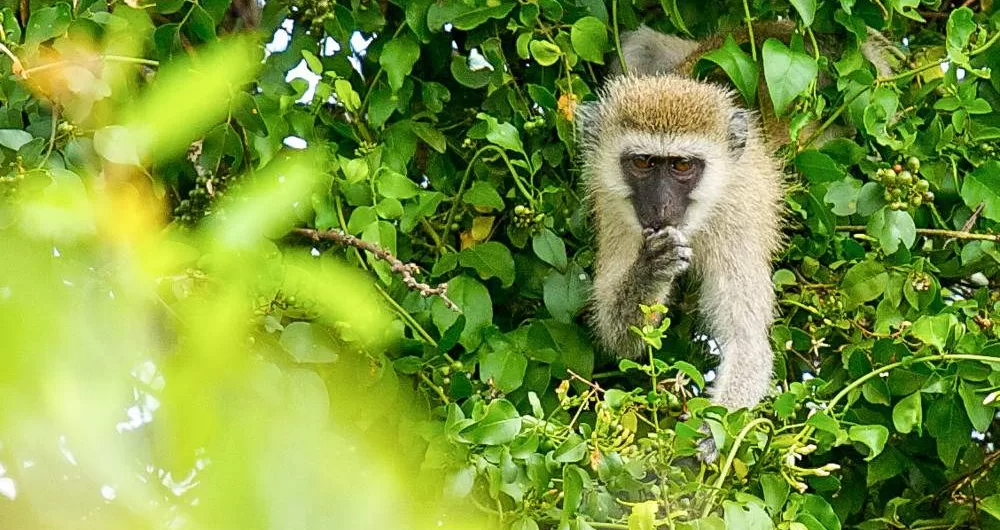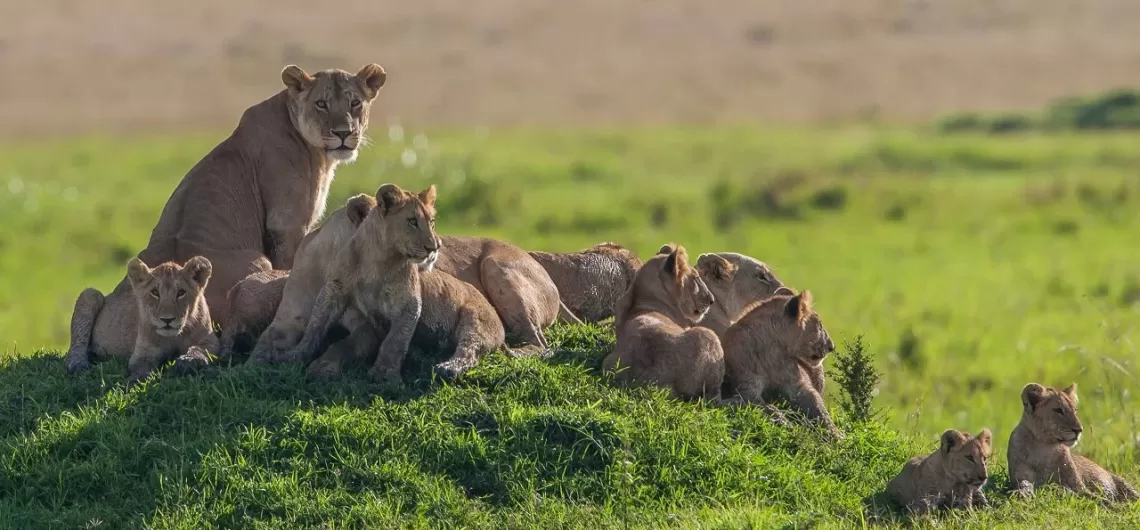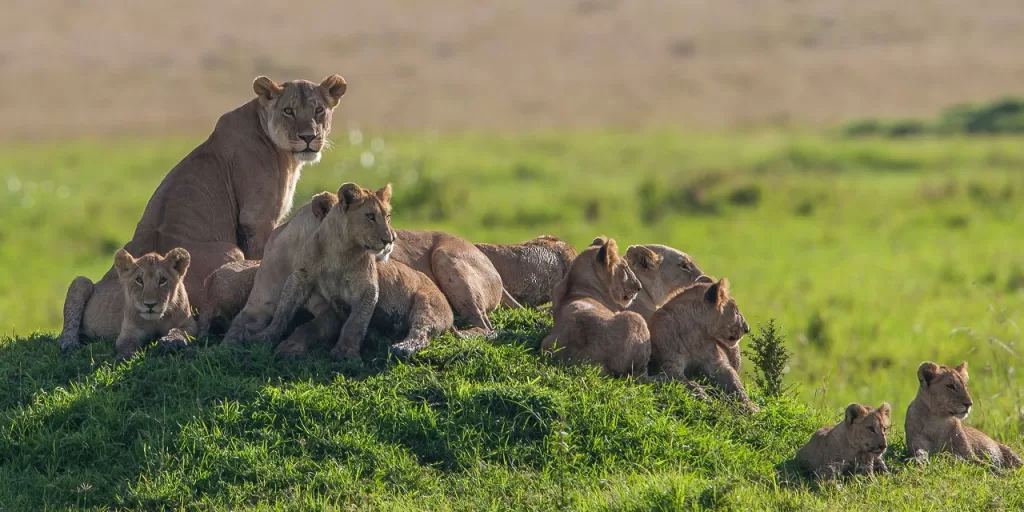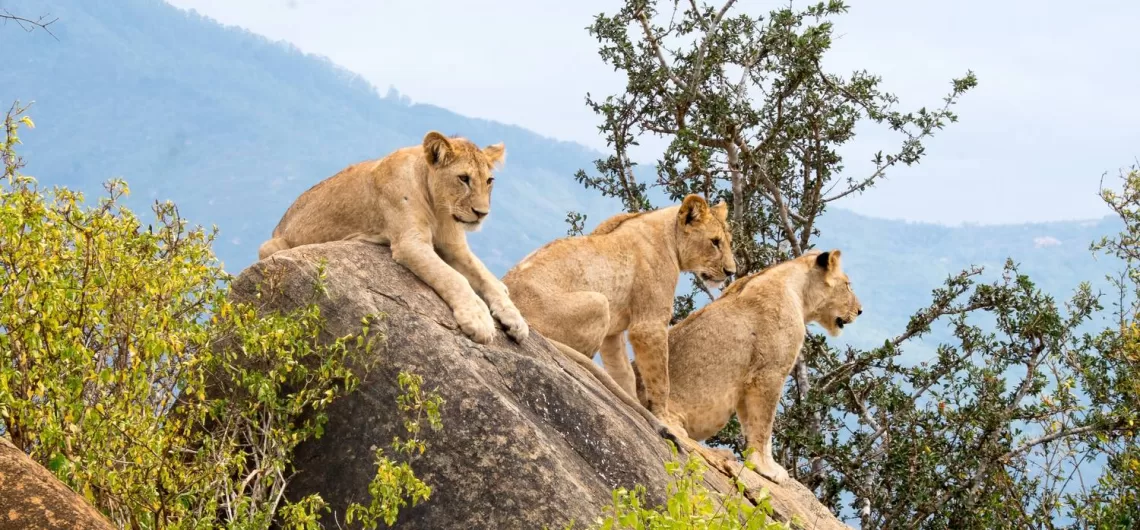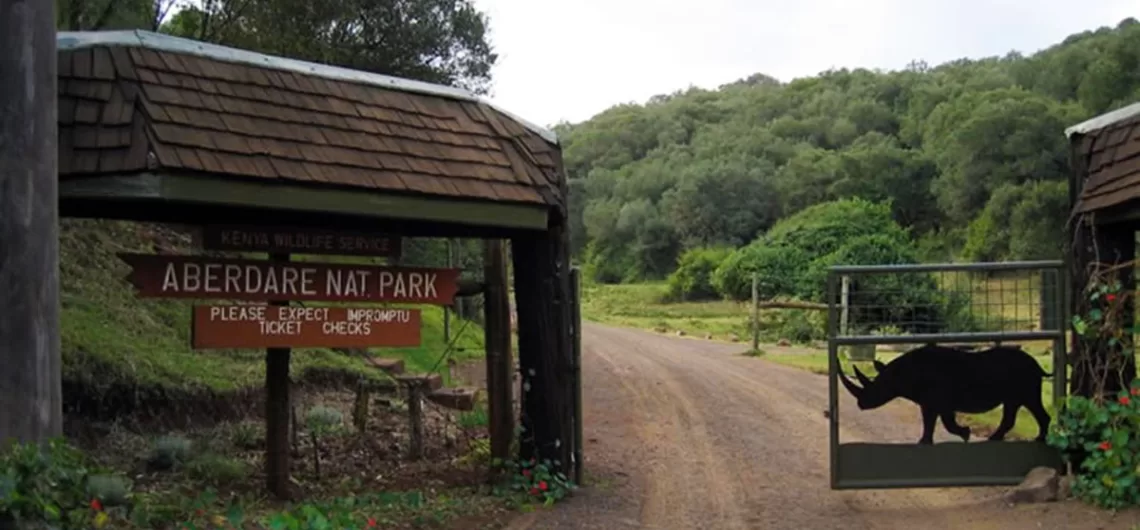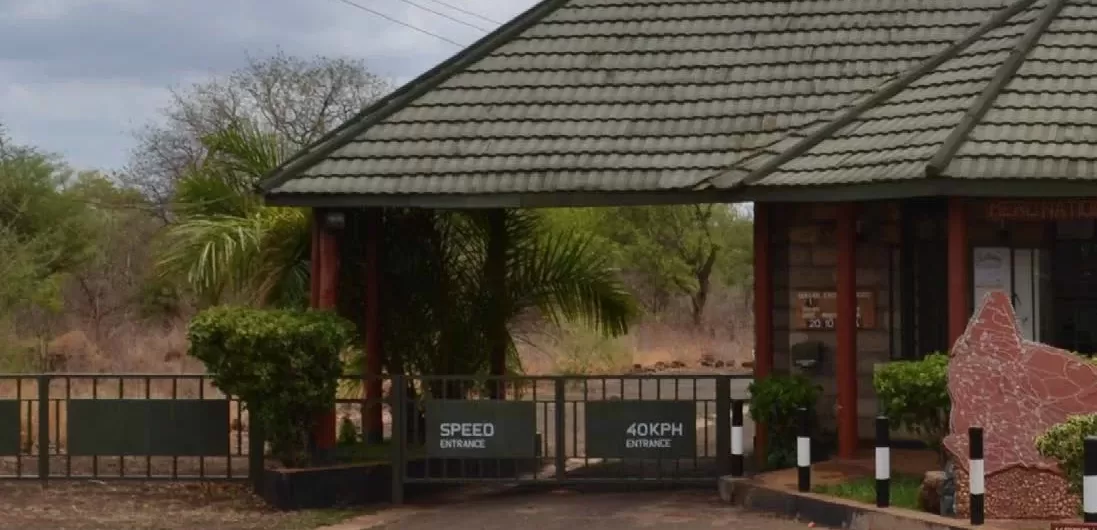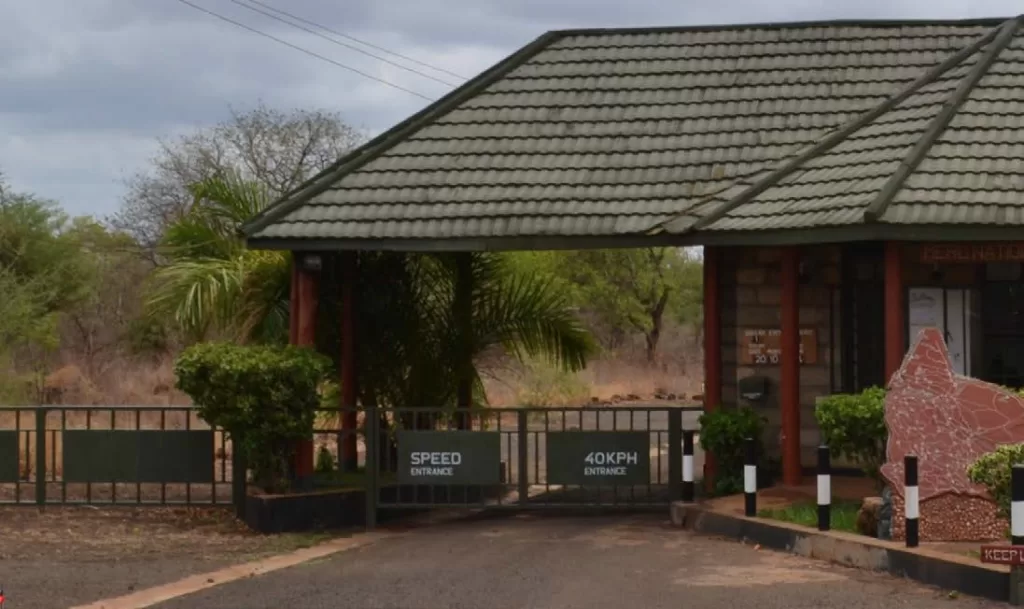About Ruma National Park
Ruma National Park is a protected area located in western Kenya, in the Lambwe Valley. It was established in 1966 as a game reserve and was upgraded to a national park in 2010. The park covers an area of 120 square kilometers and is located about 140 kilometers from Kisumu City in Kenya.
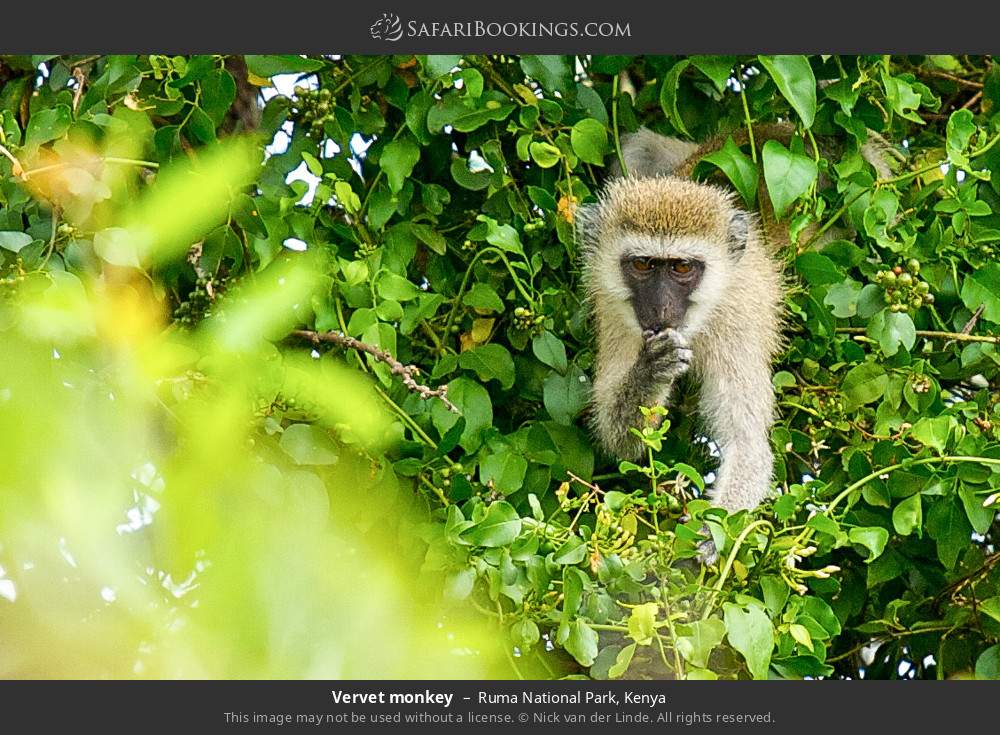
Ruma National Park is home to a variety of wildlife, including rare species such as the Roan Antelope, Jackson’s Hartebeest, and Rothschild’s Giraffe. Other animals found in the park include elephants, buffaloes, zebras, impalas, warthogs, hyenas, and leopards. The park is also a birdwatcher’s paradise, with over 400 species of birds recorded in the area.
The park is named after Ruma River, which flows through the park and is an important source of water for the animals. The vegetation in the park is mainly savannah grassland with patches of forest along the riverbanks. The park is also surrounded by hills, which provide a scenic view of the surrounding area.
Tourists can engage in various activities in the park, such as game drives, bird watching, camping, and nature walks. The best time to visit Ruma National Park is between December and March when the park is lush and green after the rainy season.
Wildlife
This is the most effective region in Kenya to peer the uncommon roan antelope. Other added species consist of Jackson’s hartebeest, black rhino, hyenas, bohor reedbuck, buffalo and Burchell’s zebra.
The localized race of Rothschild’s giraffe also can be noticed. There are tracks to be discovered of leopard and noticed hyena, however those predators are shy and are not going to be encountered.
Best Time to Visit
It may be visited whenever of the year.
However, natural world viewing is exceptional all through the dry season from June to October and from January to February.
Note that it’s miles hard to go to the park all through the height of the fast rains in November and all through the lengthy rains in April and May, because of the situations of the road.
Climate
The weather withinside the Ruma National Park is humid and hot. It has wet seasons, from March to June in addition to from October to early December. The dry season begins off evolved from the cease of June to September in addition to from mid-December to February.
Getting There
Fee Charges
|
Ruma National Park |
Citizen |
Resident |
Non-Resident | ||
|
Adults KSH |
Child KSH |
Adult KSH |
Child KSH |
Adult USD |
Child USD |
|
300 |
215 |
300 |
215 |
25 |
